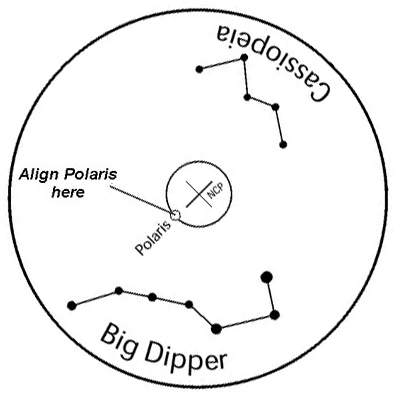So it took me a couple of days, but I finally got around to adding support for joysticks in INDI. This is very exciting and it became quite important recently when I started using EQMod driver. For now, all LX200 and EQMod drivers supported. I didn't put a lot of
functionality into the telescope drivers joystick control section yet,
just the basic N/S/E/W motion and selection of slew speeds.
This is particular useful for EQMOd where it was a pain to try to center any star using the INDI control panel, while at the same time, trying to look in the eye piece! Of course, now with Ekos Alignment module & astrometry.net solver I don't have to do that anymore, but this functionality is indeed essentials for all of those tired of jumping back and forth between the scope and the laptop.
All those features will be available in the next INDI Library v0.9.7 release.
Here is a quick video for controlling LX200 GPS:
This is particular useful for EQMOd where it was a pain to try to center any star using the INDI control panel, while at the same time, trying to look in the eye piece! Of course, now with Ekos Alignment module & astrometry.net solver I don't have to do that anymore, but this functionality is indeed essentials for all of those tired of jumping back and forth between the scope and the laptop.
All those features will be available in the next INDI Library v0.9.7 release.
Here is a quick video for controlling LX200 GPS:




